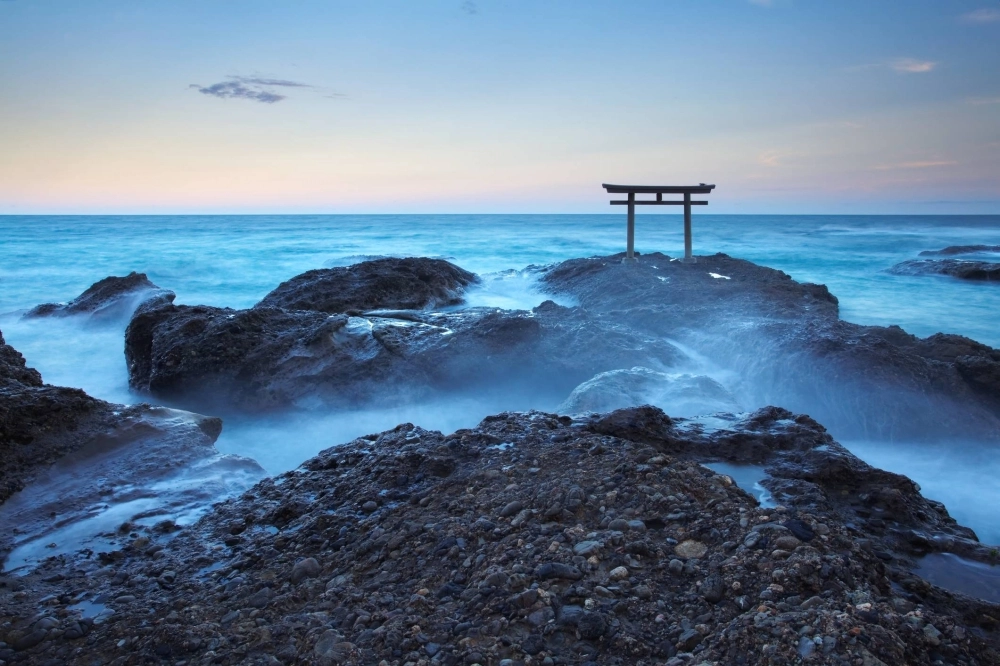During my first week in Japan 26 years ago, one of the first things I did was visit Miyajima in Hiroshima Prefecture. I knew little about Shinto and nothing about Miyajima, except that the whole island was sacred and that a big torii rose out of the sea in front of its main shrine, Itsukushima.
As my ferry drew close to the island, that towering torii loomed like a portal to another world. Behind it lay the vermillion corridors of the floating shrine, against the backdrop of forest-covered Mount Misen. I realized I was in the presence of something completely beyond my experience hitherto, something at once mystifying and exciting.
Now, I know a little more about Shinto. After all, it’s such an integral part of everyday life in Japan, from its ubiquitous shrines to its marvelous matsuri (festivals) and daily rituals. Then there are all the video games, films and manga based on Shinto characters and myths. Nevertheless, my knowledge remains fragmented and woefully incomplete.

















With your current subscription plan you can comment on stories. However, before writing your first comment, please create a display name in the Profile section of your subscriber account page.